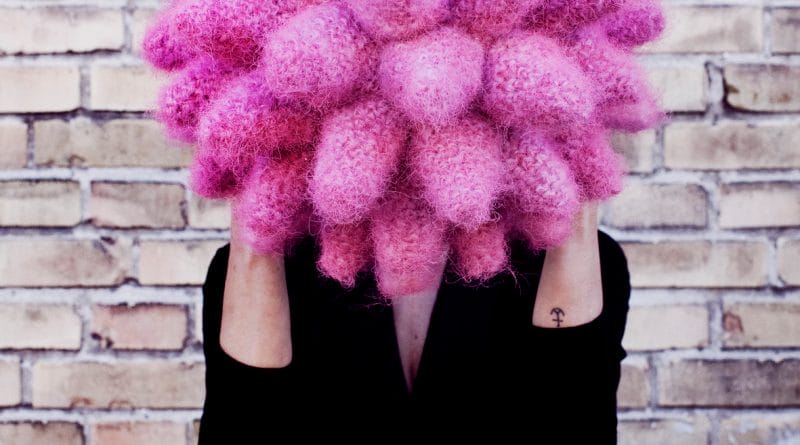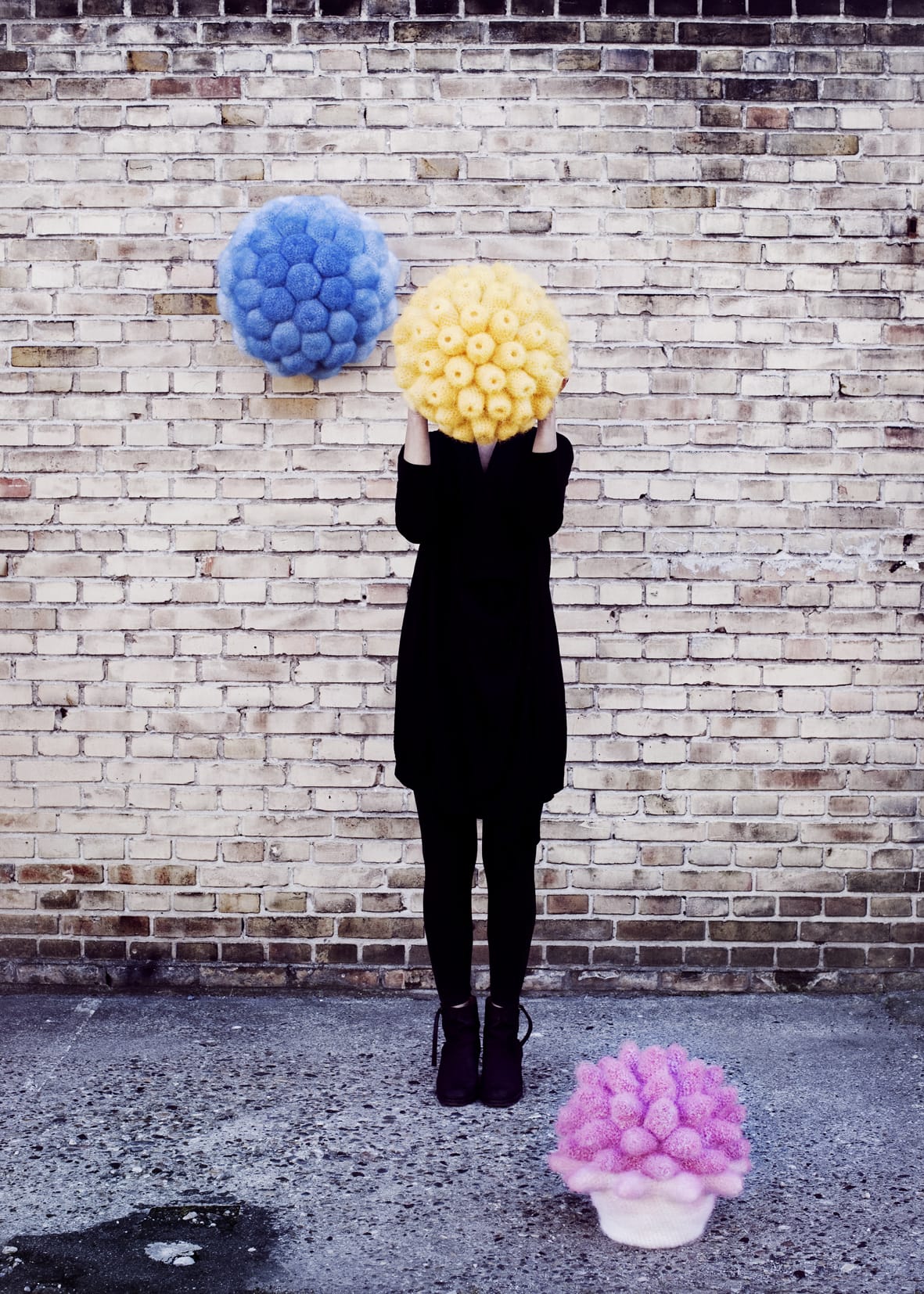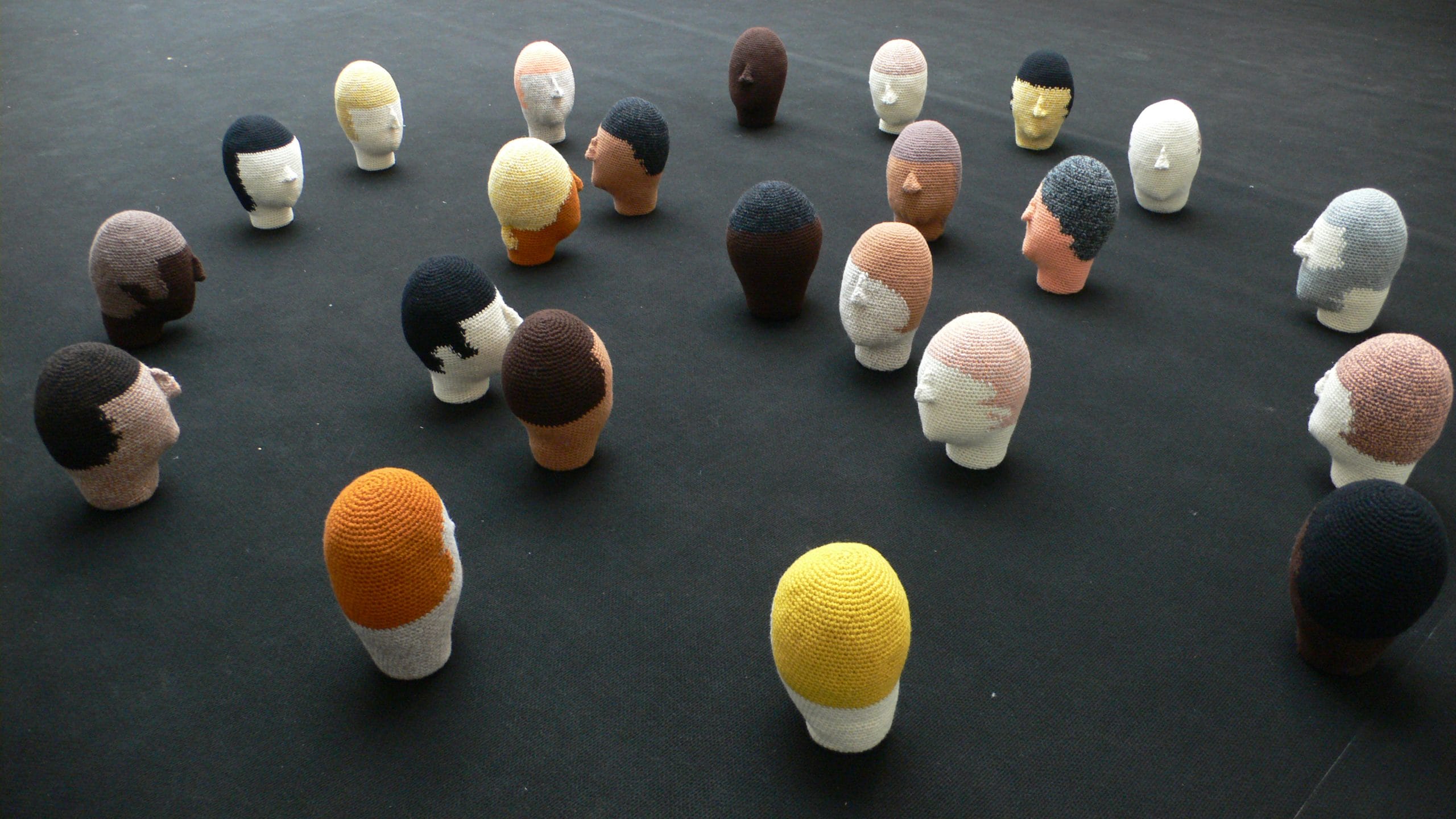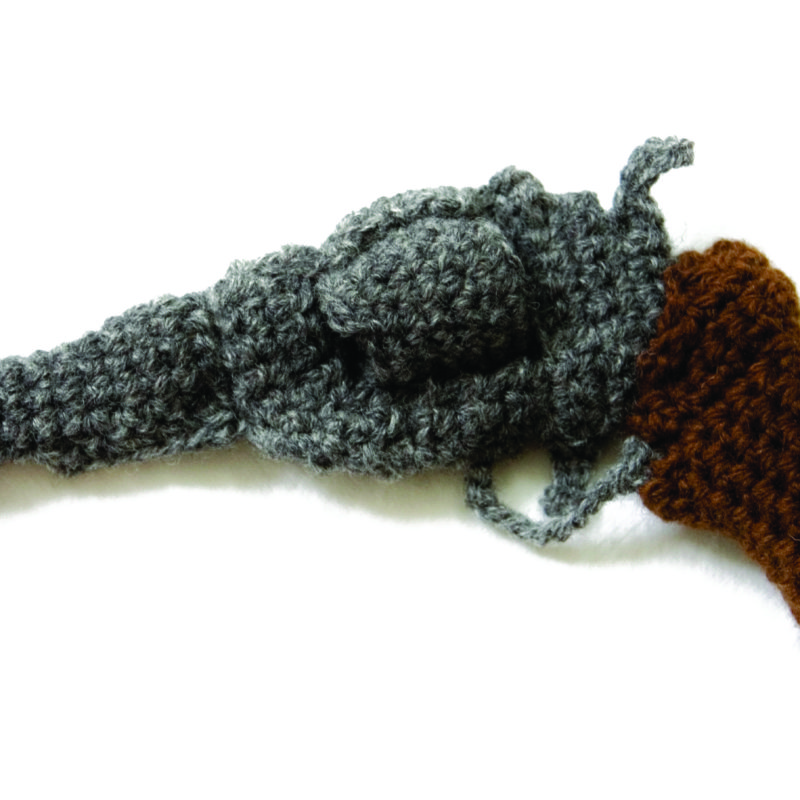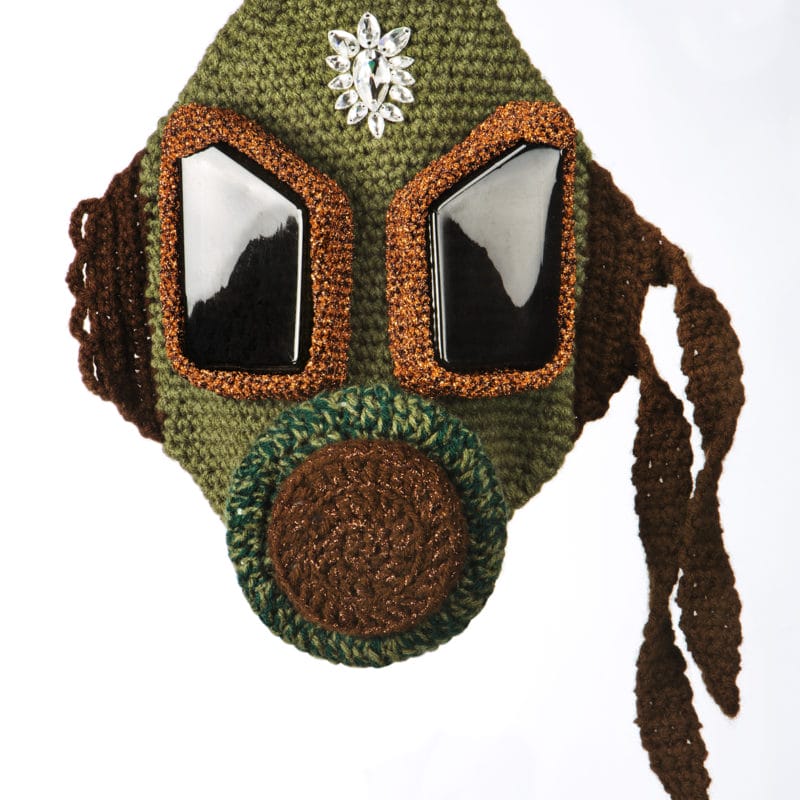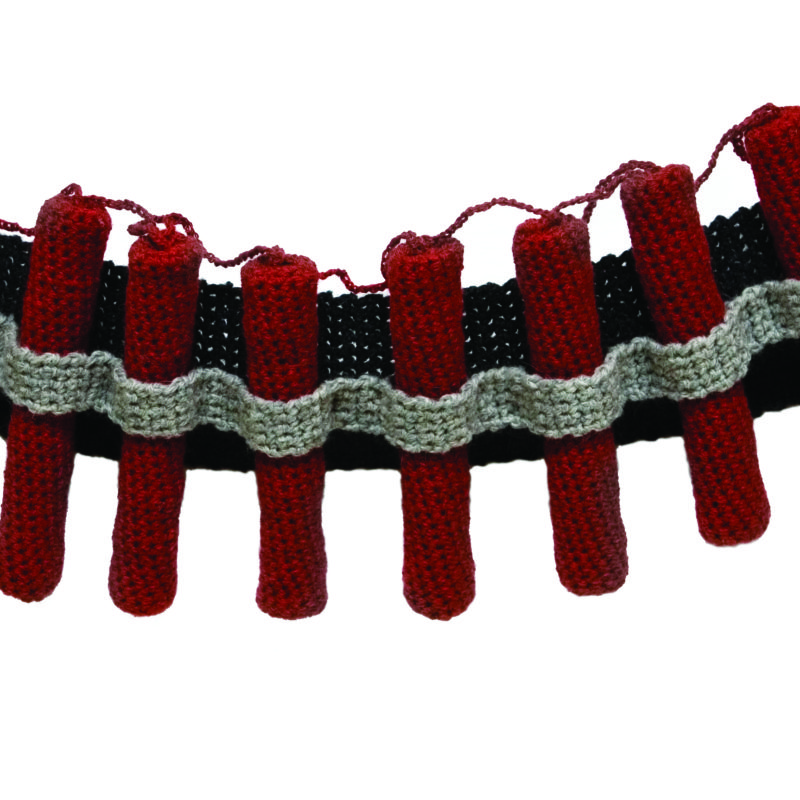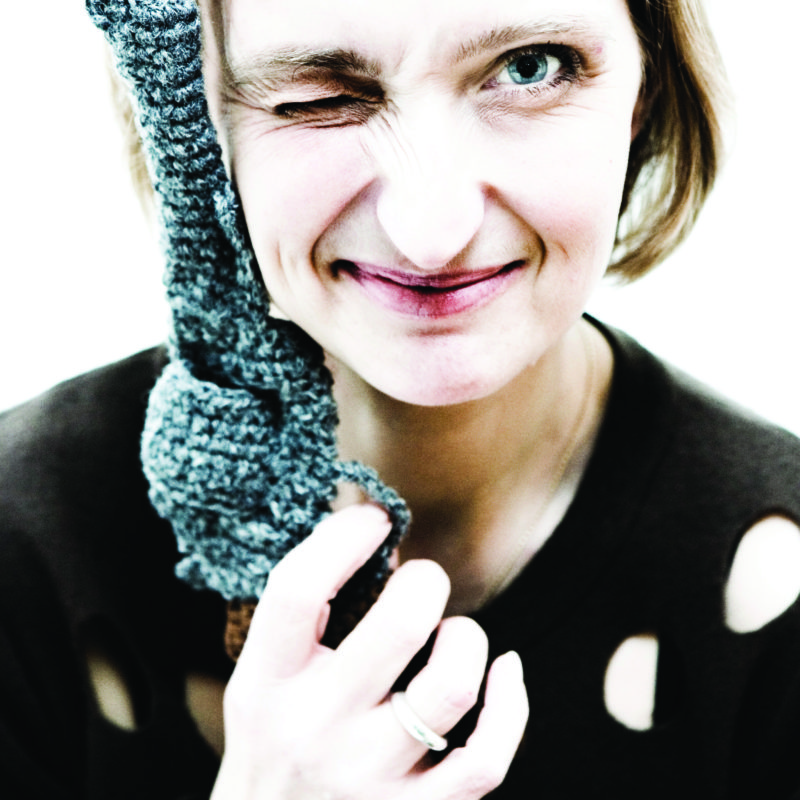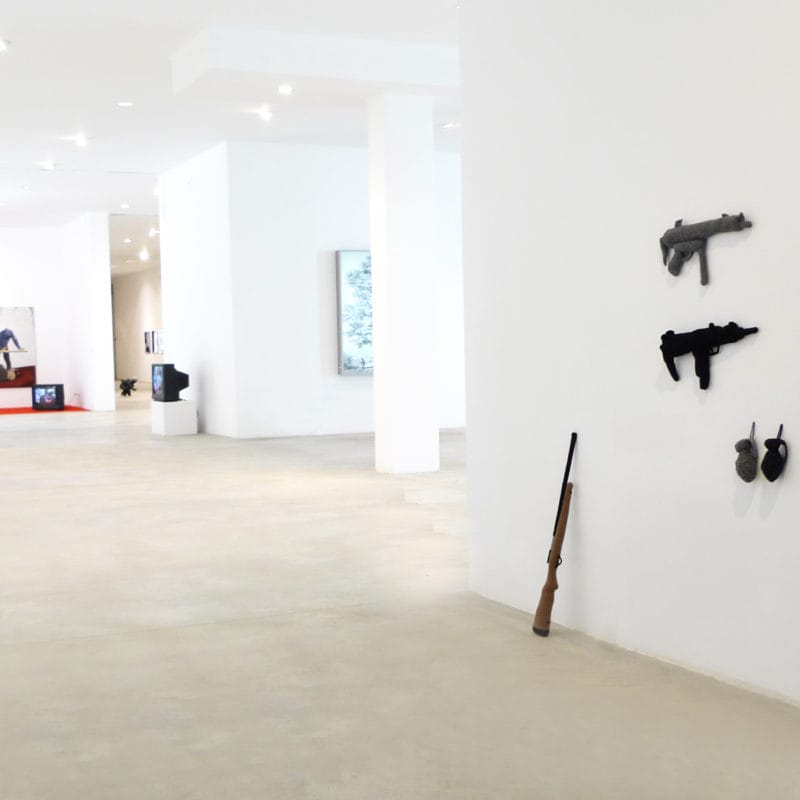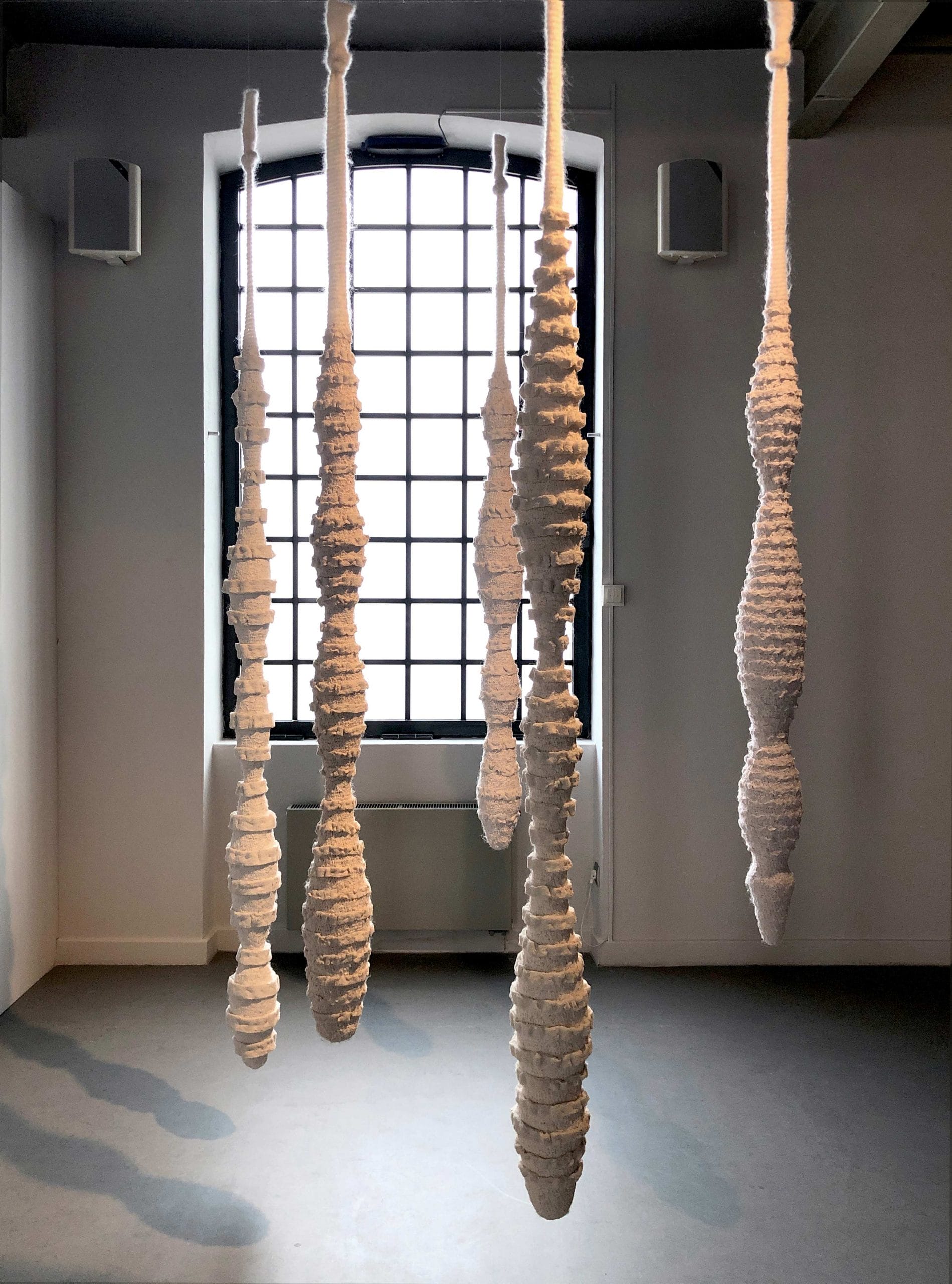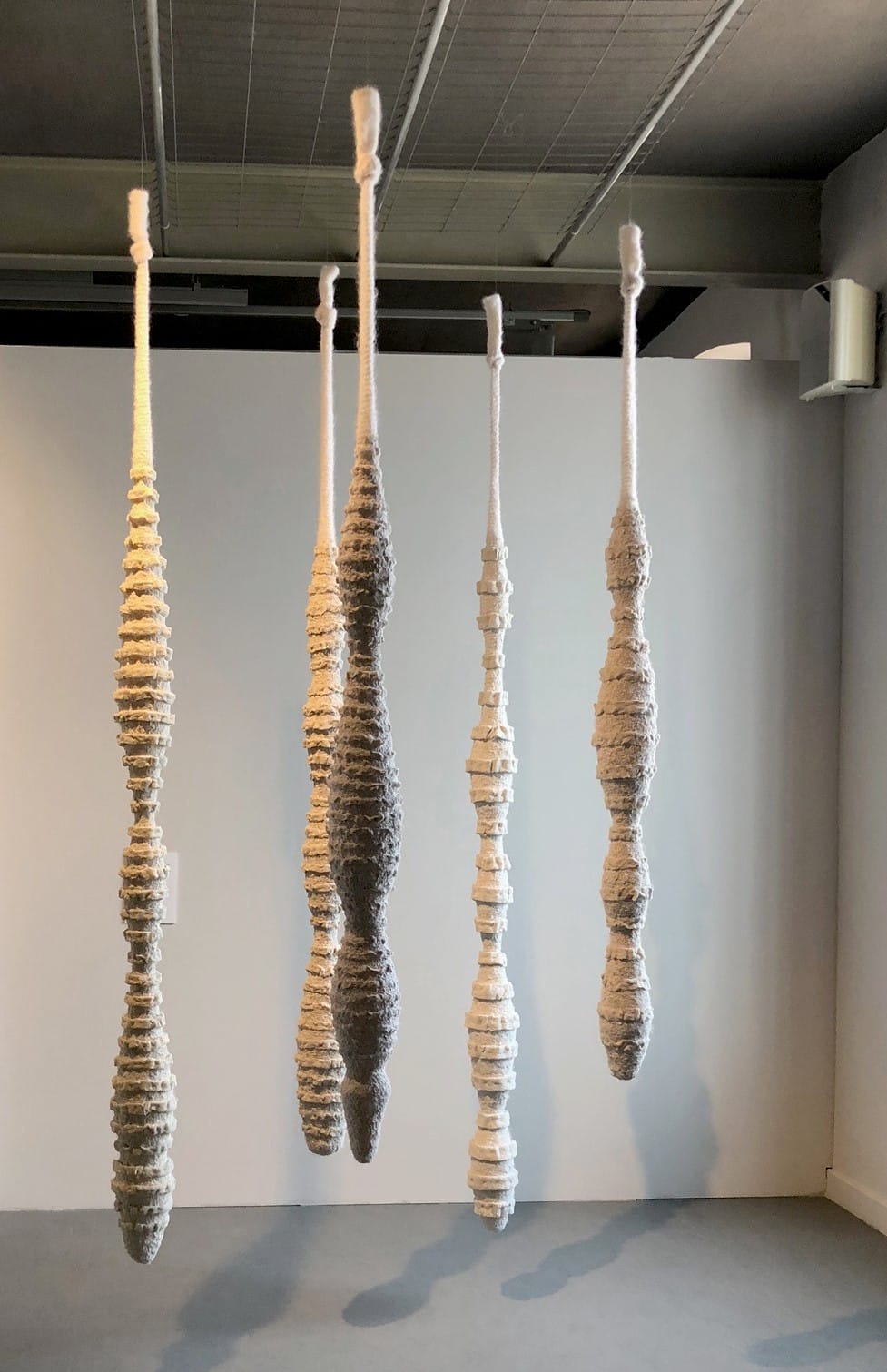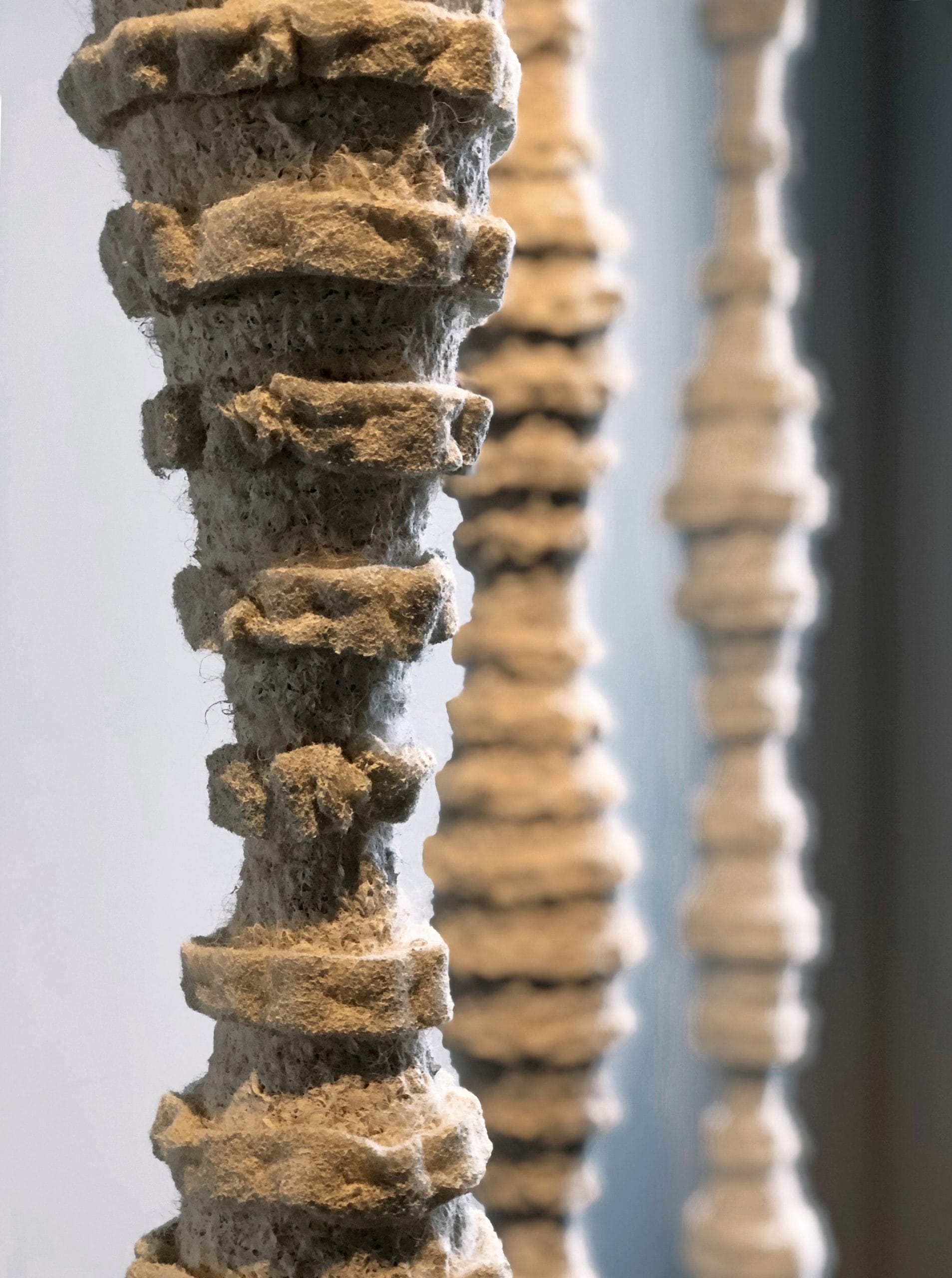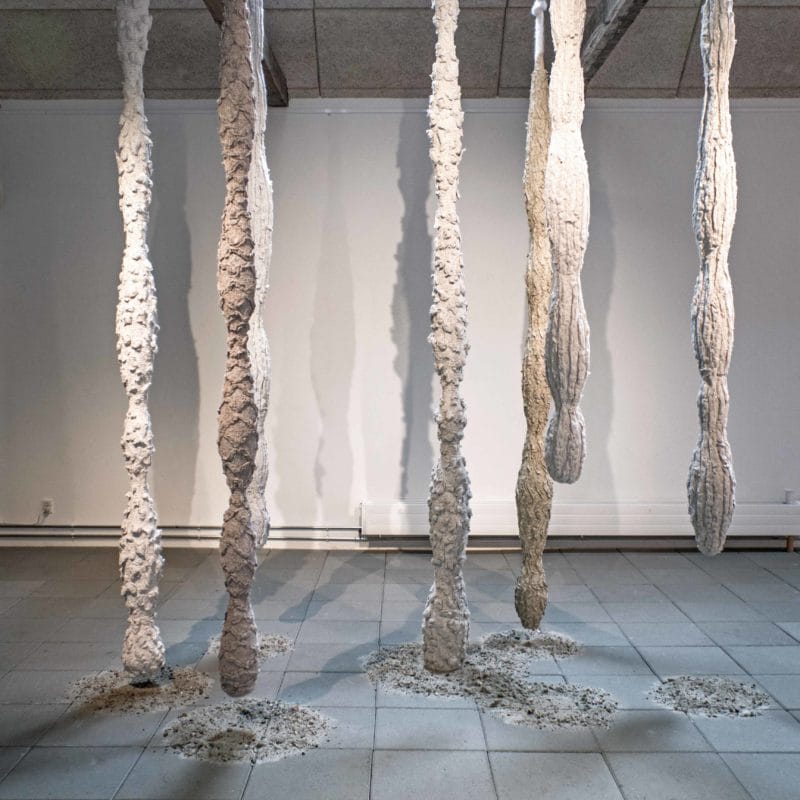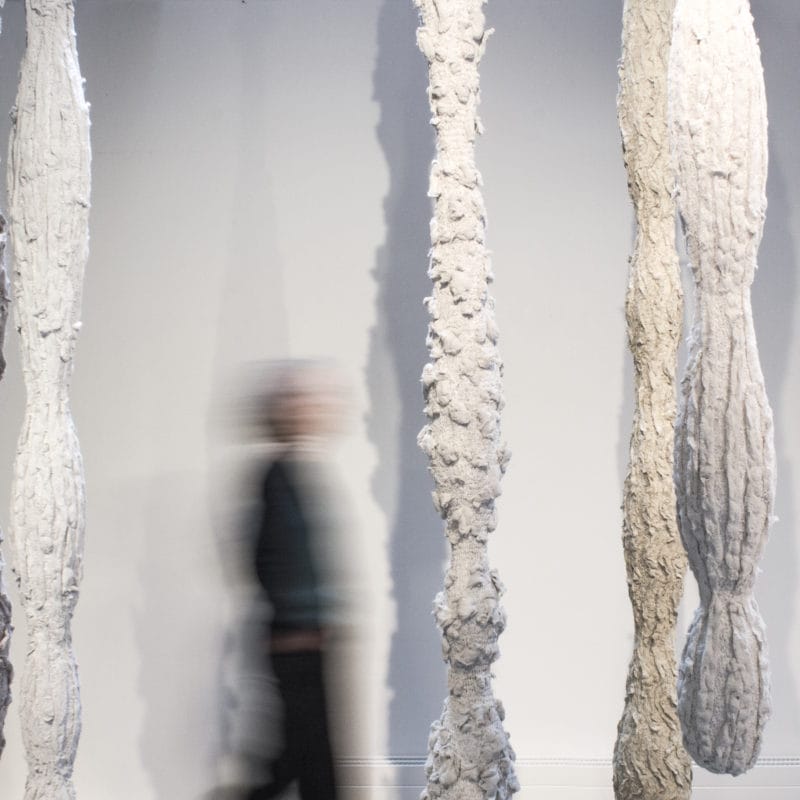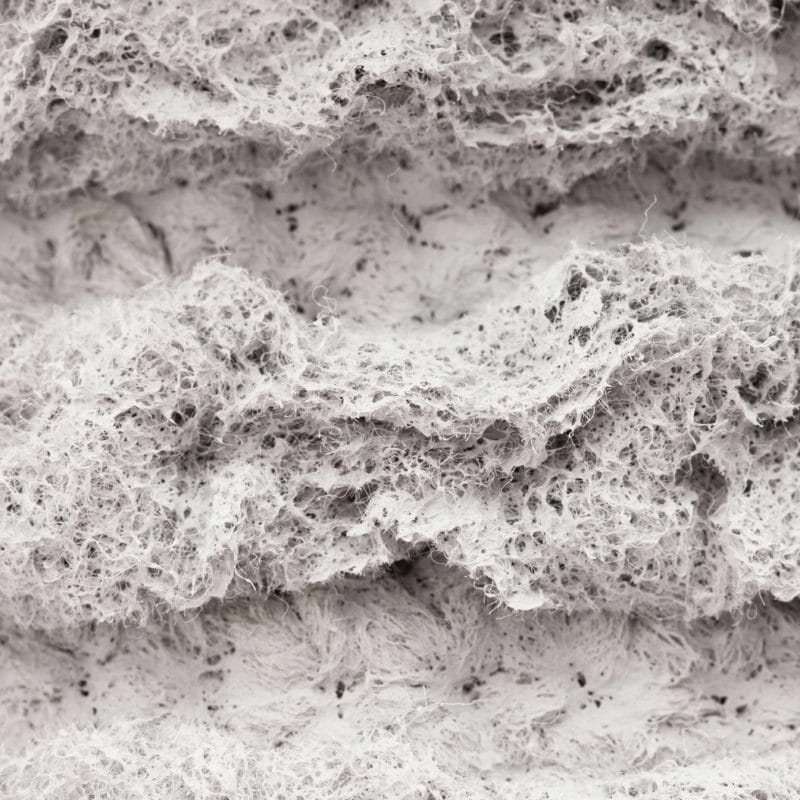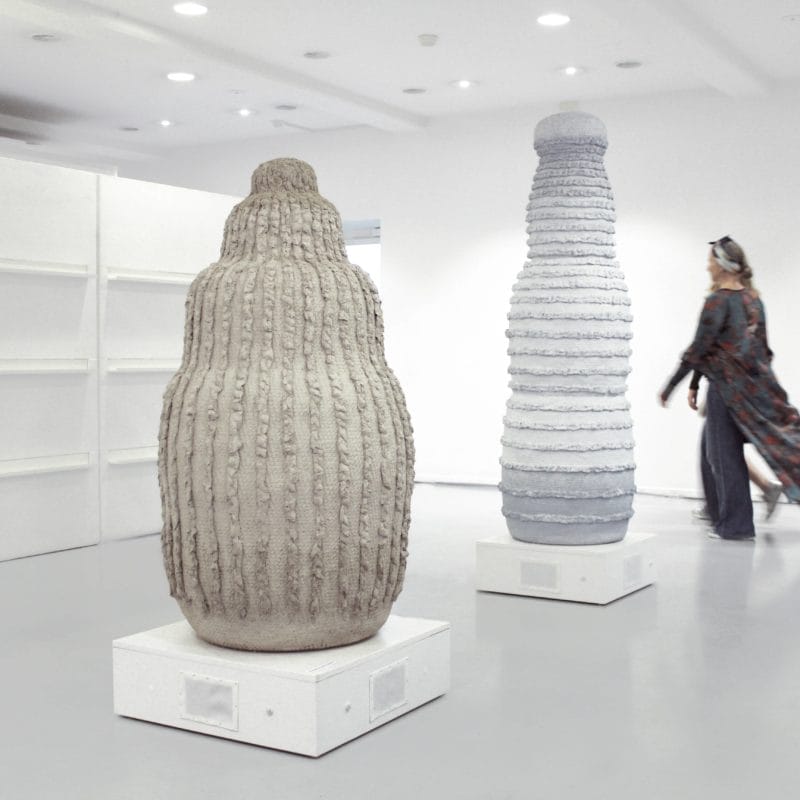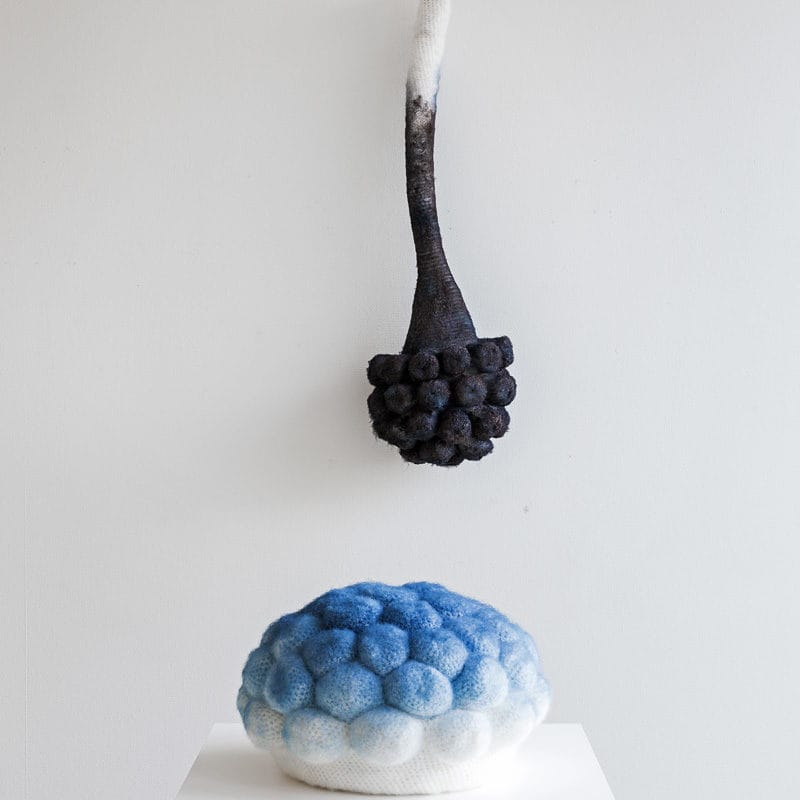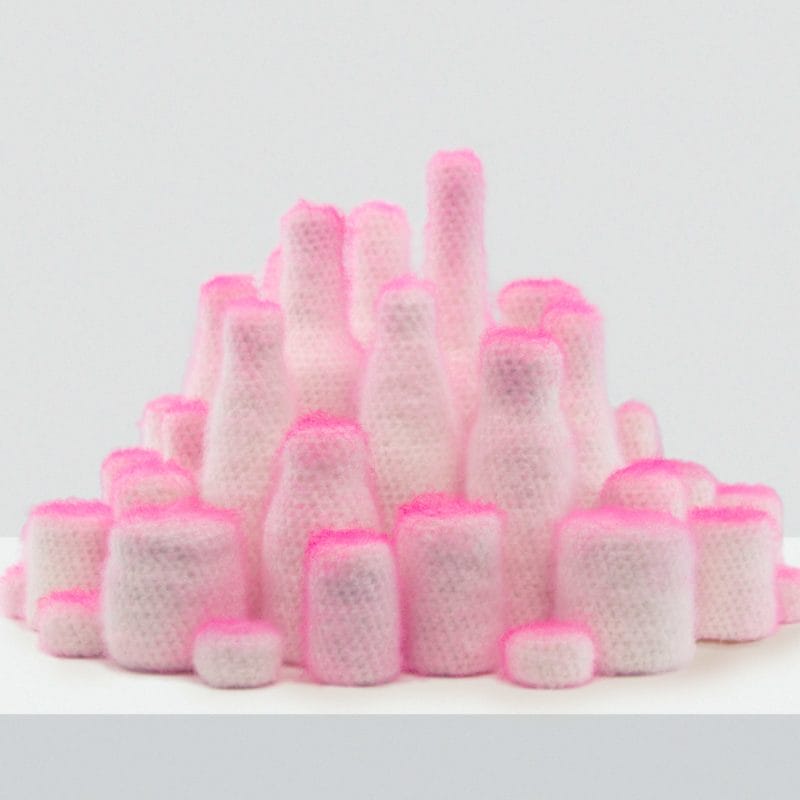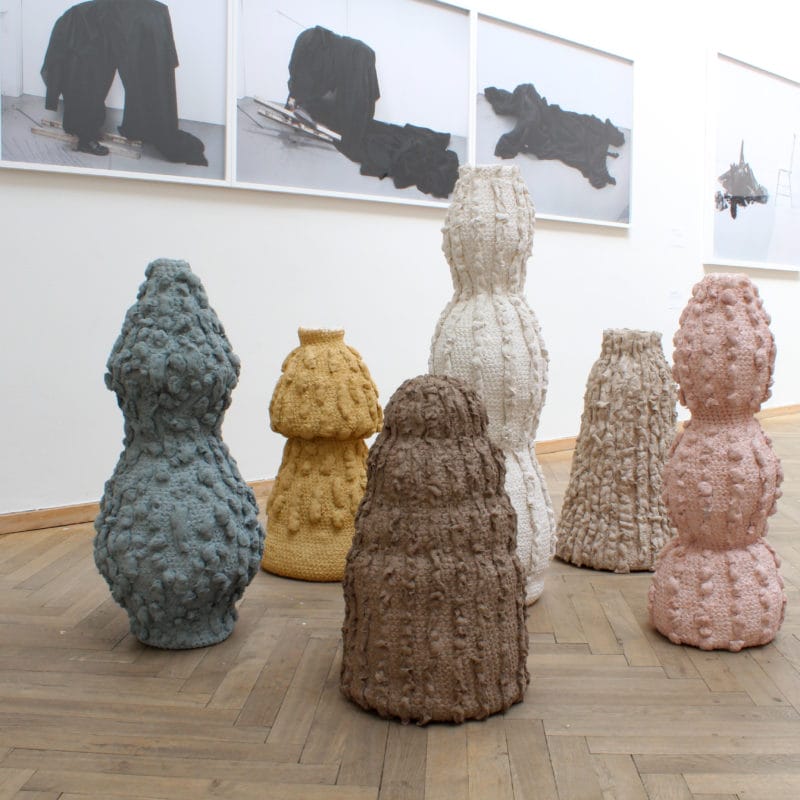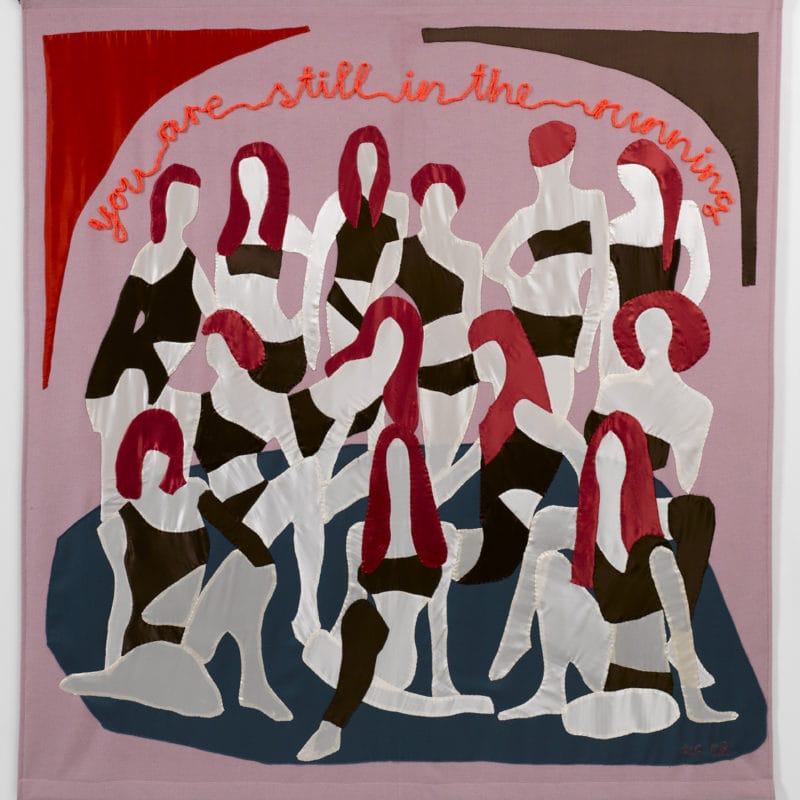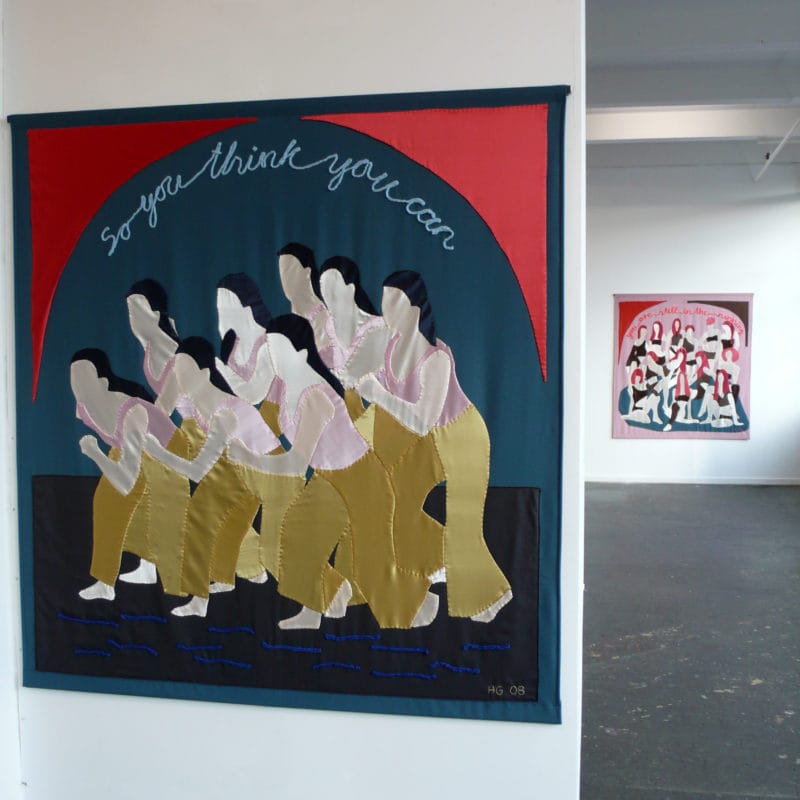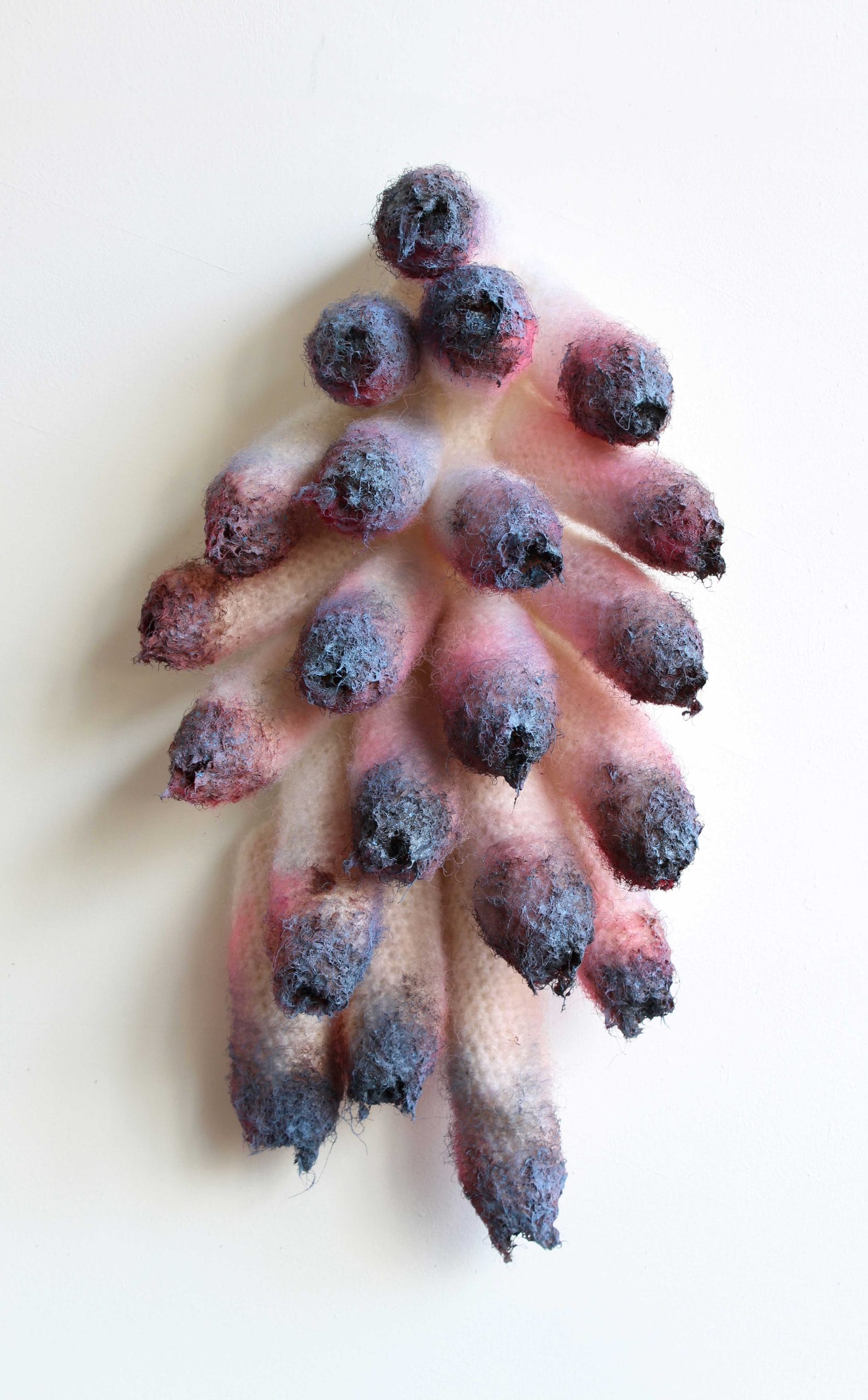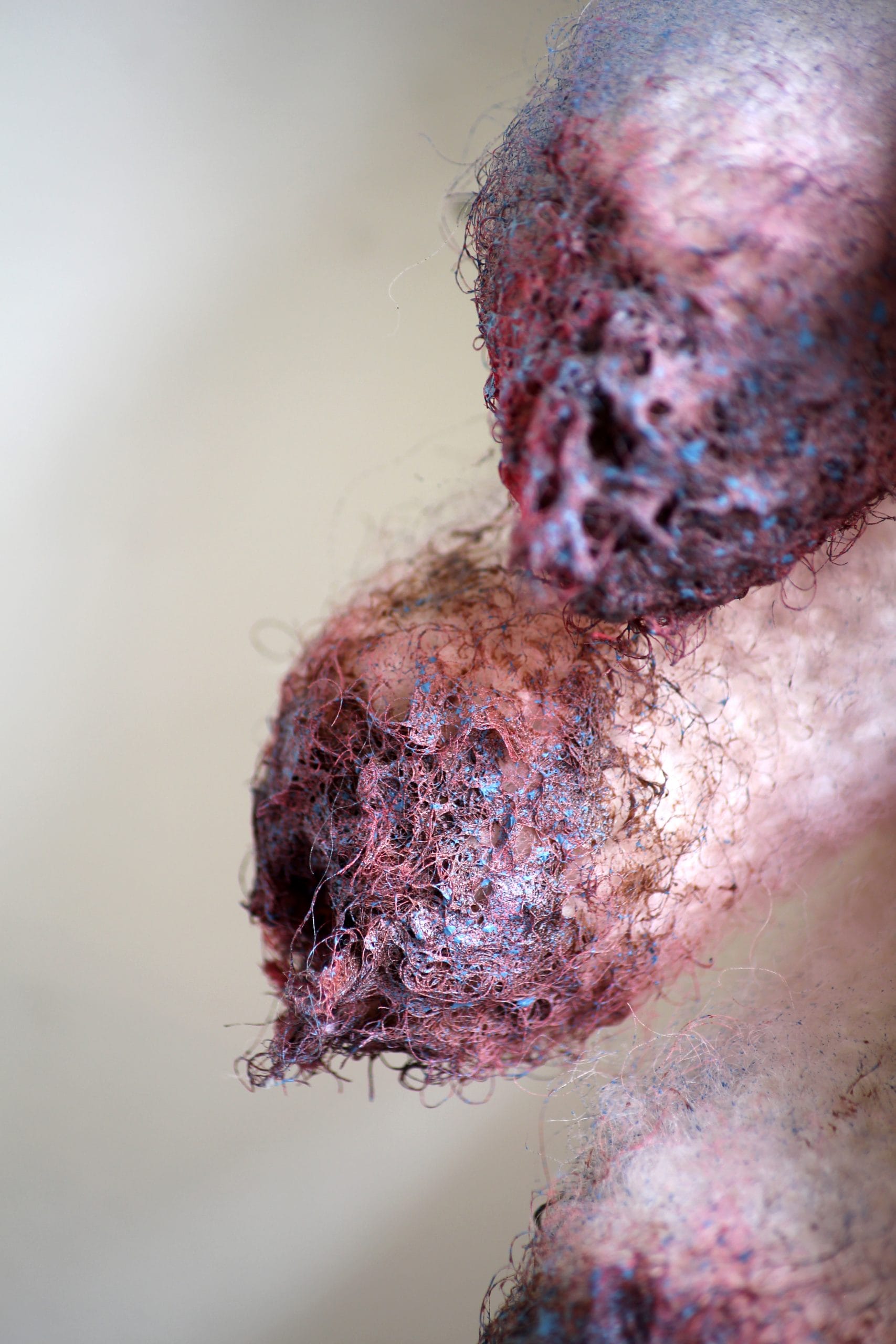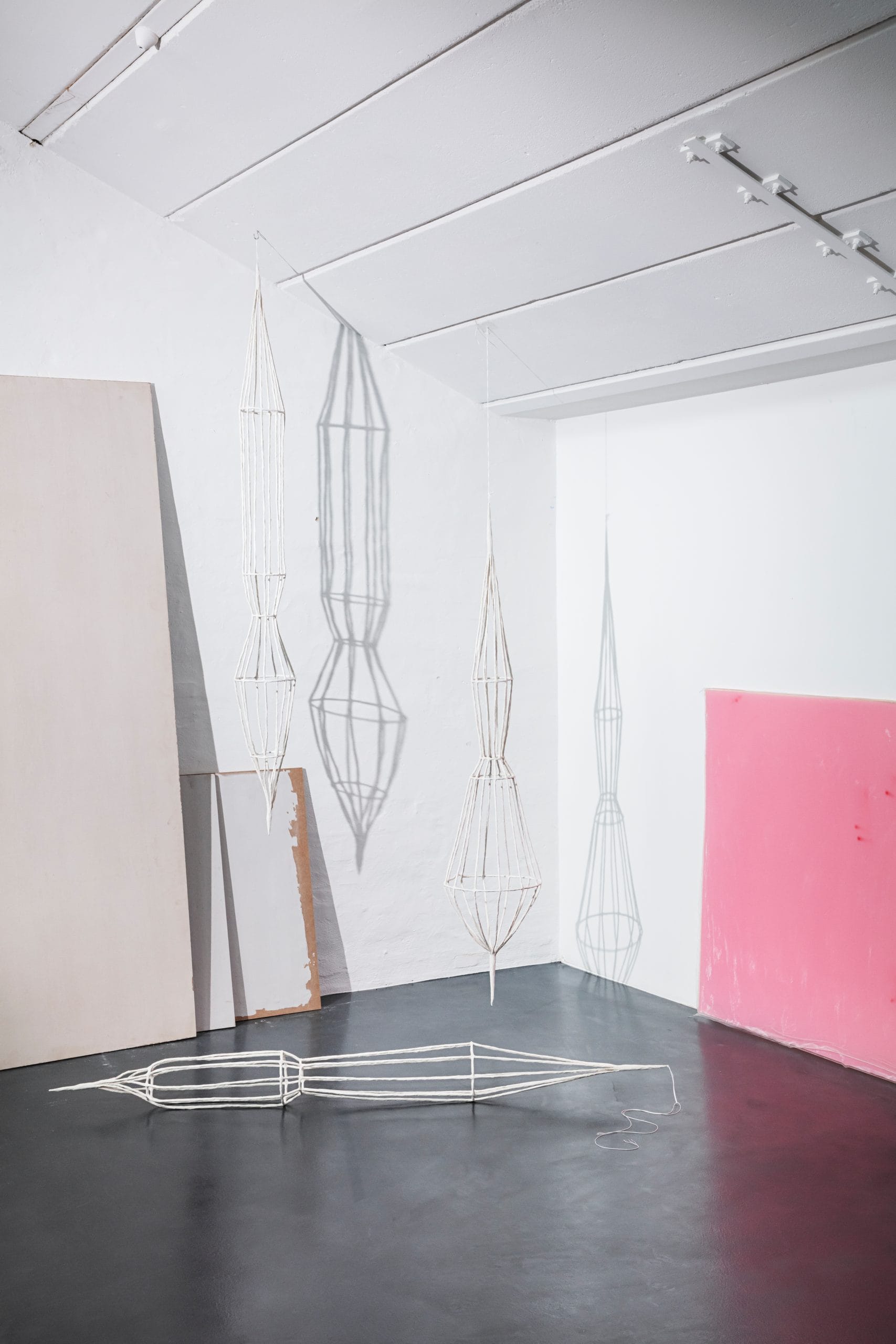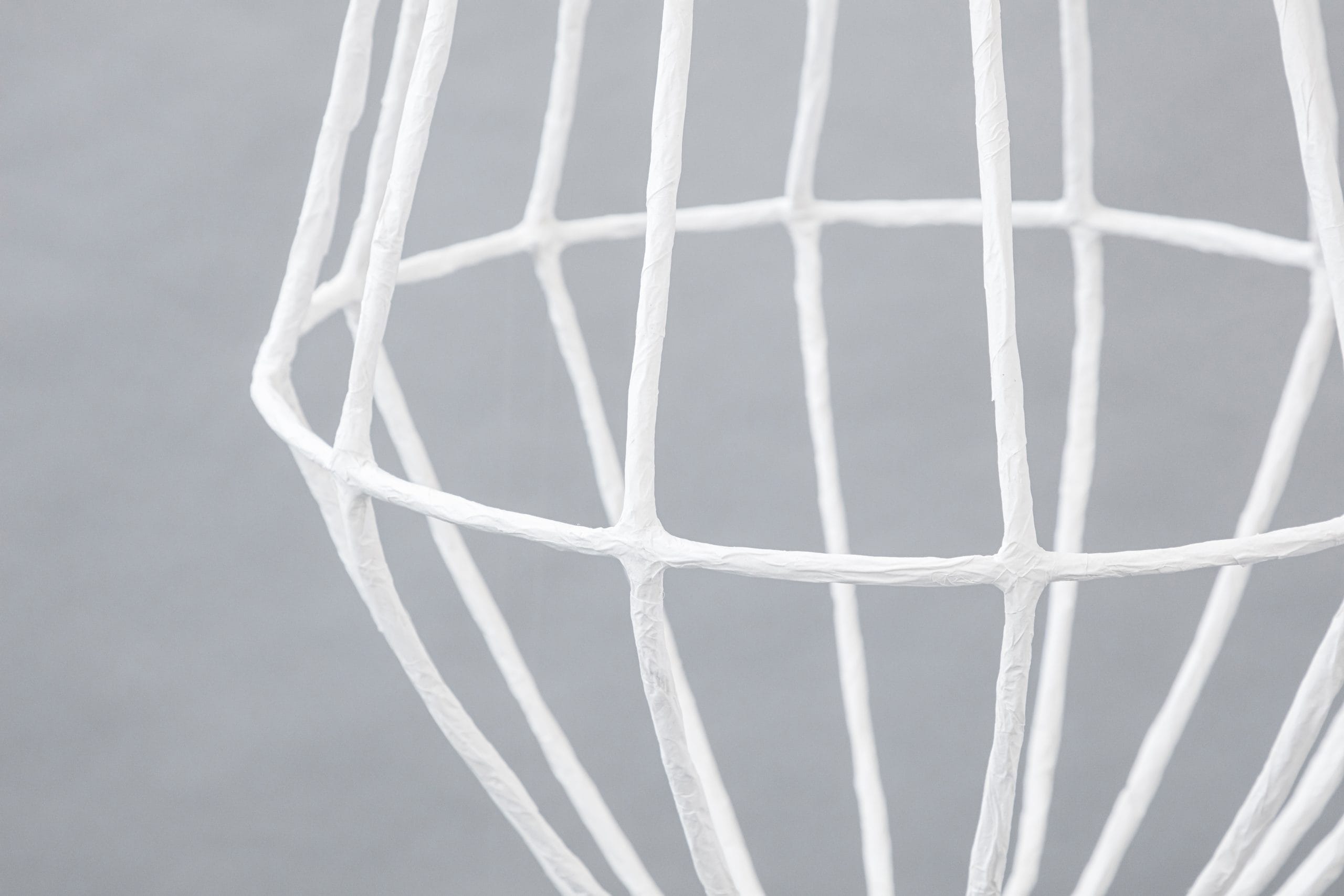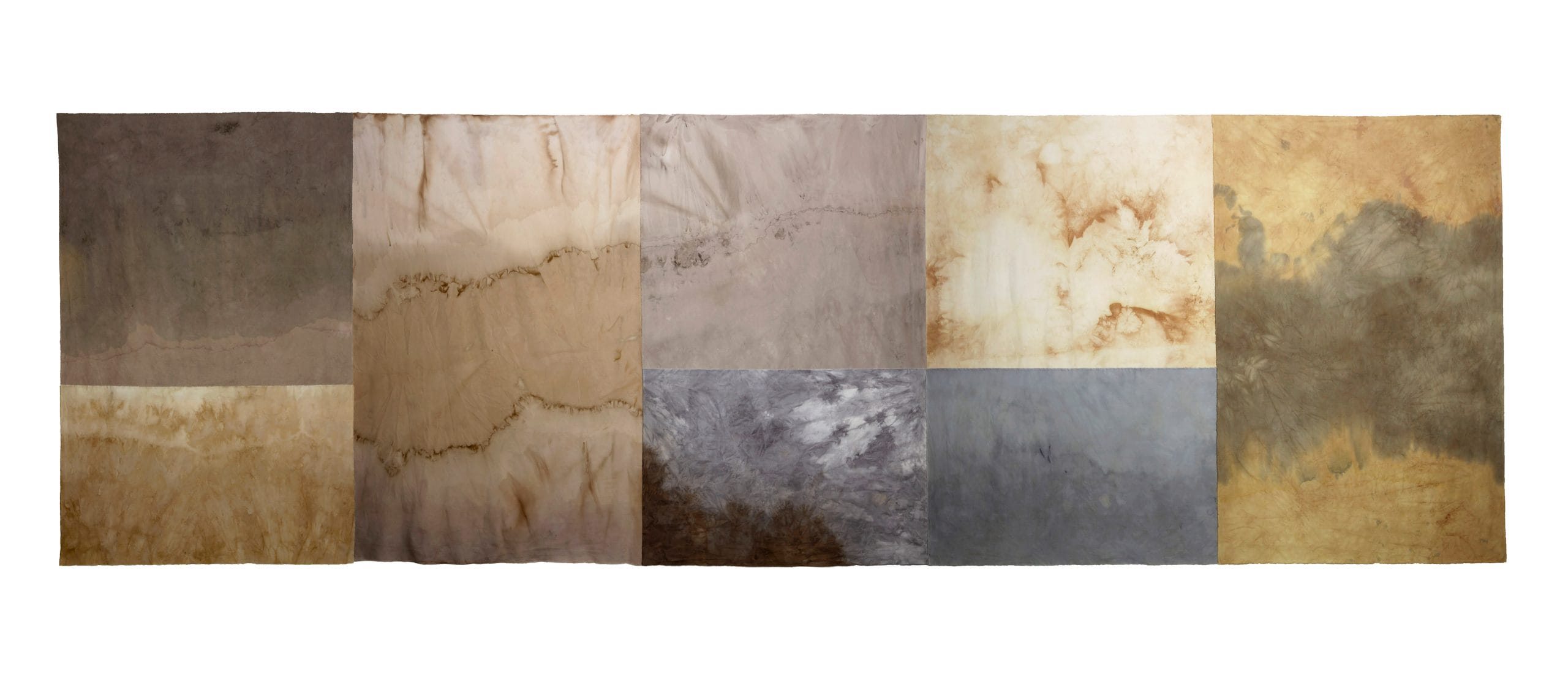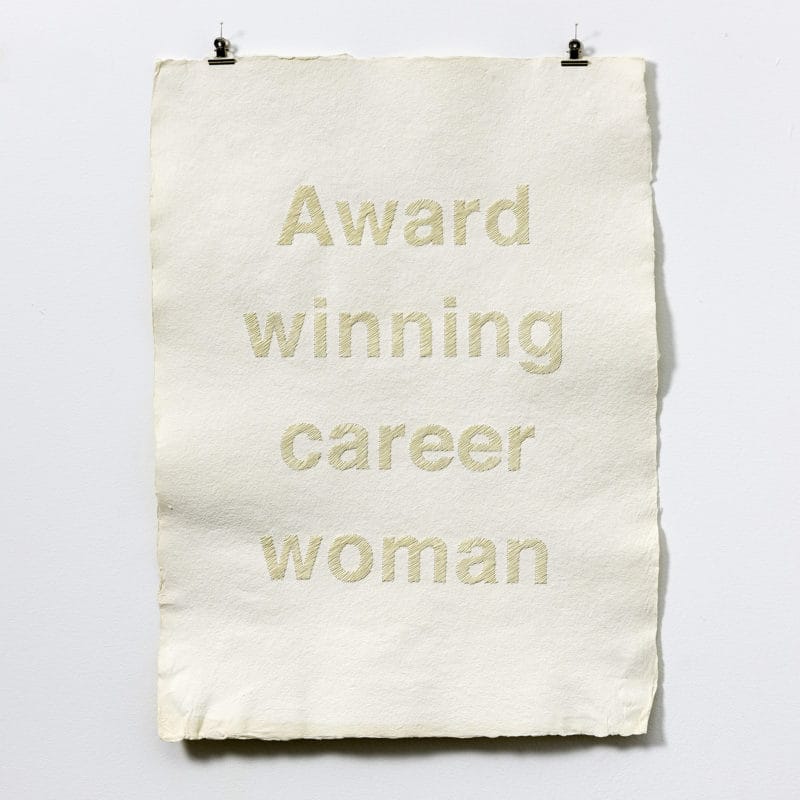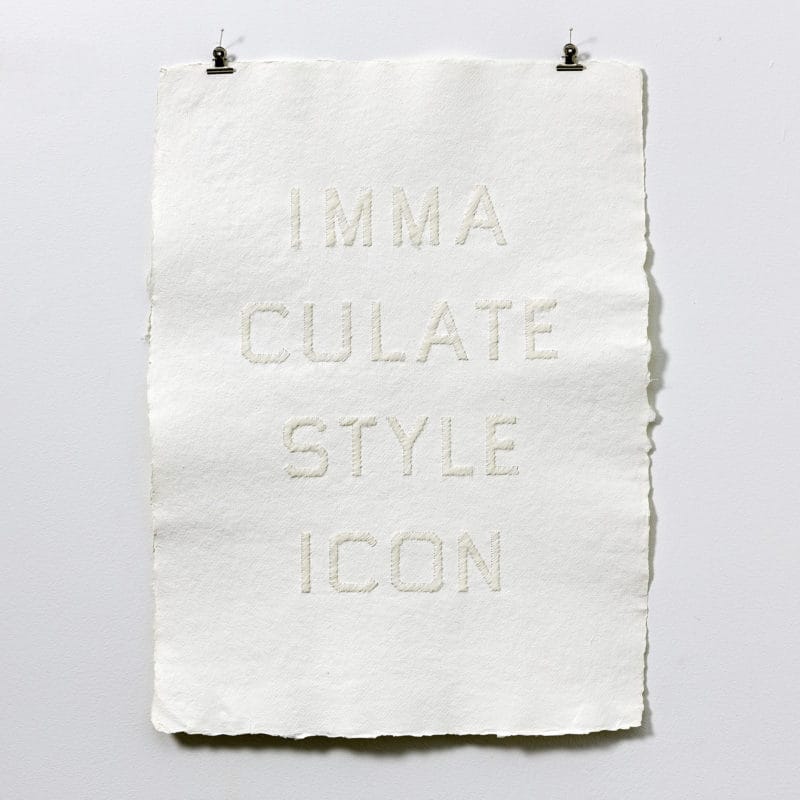Hanne G. and her work: meditative spaces, archetypical forms and meeting of opposites
Translation by Marina Dlacic and Chiara Cordoni
Hanne G., a Danish textile artist, creates sculptures in which she freezes fabric, achieving ceramic-like qualities and consistency.
Thanks to an installation of sculptures called “Splinter Group” she had the honor and merit of participating in the 16th International Triennial of Textile Arts in Lodz, Poland in 2019, the oldest European textile art event.
Hanne’s works express an intense sense of calm and balance, timeless poetic fantasies in which a measured use of color, the choice of primordial and symbolic forms, the spatial organization inspired by the Zen garden, reveal the artist’s intention to evoke both calm and emptiness, freedom and solitude.
The artist has a Master of Arts in Architecture from The Royal Danish Academy of Fine Arts, she has participated in several international exhibitions, today she lives and works in Copenhagen, Denmark.
Here is the link to her website: www.hanneg.dk
The artist and her artwork “RGB Tempers”, 2013, mohair, polystyrene and spray paint, Red:33 cm x 33 cm in diameter, Yellow :28 cm. 35 cm in diameter, Blue: 28 cm. 46 cm in diameter , copyright Hanne G.
Hanne, can you tell us how you started your artistic career and what was the path that led you to choose textiles as a medium of expression?
I rented my first studio in 2005 in the old harbor area of Copenhagen and filled the rather spacious room with my paintings. Until then I had been exercising anartistic practiceat home along side my work in the media business and had not had much contact with the current art scene.
At almost the same time I joined a small, evening knitting and crocheting course led by Anette, asculptor turned handicraft guru and I was captivated by the yarns and the sculptural potential in crocheting. I became fascinated by how the simple actions, governed by quite simple rules could lead to so complex results. I turned to the soft materials and became a textile artist…I left painting and began a practice as a Sculptor.
“HR Hanne G” 2007, twenty-three crocheted heads, wool, polyester filling and wooden base, 25 x 13-16cm, copyright HanneG
How do you choose the subjects of your artworks? What is your source of inspiration today?
I see myself as a person who cannot help expressing myself. I have something “in my pocket” so to speak and the textile “voice” contains excellent possibilities in regards to approaching both controversial and poetic subjects in a humorous, critical and esthetic way.
My motivation is external as well as internal. My first projects were quite bold and political, focusing on using the contrast between some hardcore subjects and the soft and innocent materials asseen in fx. the work “Weapon Collection (Crocheting for Peace)”, 2007. I addressed the Danish contribution to the war in Iraq and issues with violence in general.
In the recent years I have made a line of more abstract and slightly more philosophical works, where the inspiration has been reflections upon modern life, meditations over the concept of Time and the need for peace – both worldly and for me personally. Still the humor has not entirely left the studio.
Can you tell us how it was born and what your work “Splinter Group” is about, exhibited at the 16th International Textile Triennial in Lodz?
“Splinter Group” is an installation of 5 hanging objects forming a “meeting/gathering”. “Splinter Group” generally means “a small organization that has broken away from a larger one”. And it is often frontrunners.
In this context I wanted the group to signify the possibilities of independency, freedom and new ways. The installation is arranged as a place for community feeling, but is it a group of tree stems, temple columns or bodies/persons? With reference to the given theme: “Breaching Boarders”, I considered that Nature (forests, rivers etc.) do not respect man made borders and that the cultural separations we see now have not been historically persistent. But people can still cross borders and be named illegal and that is absurd! But as always the work is up for interpretation and as an artist the best you can do is to inspire to discussion and aesthetic reflection.
“Splinter Group”, Detail, 2018, Mohair, polyester fill and batting, acrylic paint and adhesive, 200 – 270 cm. length and diameter from 4 – 14 cm, copyright Hanne G.
Among all the works you have done so far, as far as concepts or subjects they represent, is there an inspiring principle that unites all your artistic production?
I can find inspiration in everything, but so far I have been in some kind of flow where one project so often has led to the next. And inspiration is not everything – it has to find you working. It is mostly a matter of perseverance and discipline. And even though I get a lot of ideas I am constantly struggling with doubts and questioning my work. I am almost never satisfied with my results. But I cannot help it, I must move on, in order to perform better ‘next time’. It is my life.
“Splinter Group”, evokes feelings of calm and emptiness, creating a sort of meditative space, but at the same time can be read as a metaphor for the psychological loneliness of modern man. Very often in your works there is a sort of sense of contrasts, dualism of meanings, soft/hard, culture/nature…can you tell us about it?
With “Splinter Group”, 2019 we wanted to create a small, independent spot for solitude and solace and I think the hanging of the work in the museum stressed that intention beautifully. The same motive is present in “C.O.S. Chapel Of Solitude”, 2017.
I play with perception and I exploit the haptic qualities of the textile medium. The tactility of the works activates the senses, inviting the viewer to experience textures, surfaces and spatiality through sight. And in my piece “The Duet”, 2017 also through hearing.
They all trace the touch of my hands and me. I love using unpretentious materials and I sometimes work with paper pulp as well, also in combination with yarn.
How has your work evolved over time? Are there important stylistic, aesthetic or conceptual differences between your first artworks and the most recent ones? For example, how has the use of color in your work changed over time?
In the beginning my work was more naturalistic and also in a period quite colourful. I gradually turned to focus more on the subtle forms and thrived for a minimalistic feel and classic tones – a more soft and natural palette. In a period it led to an exploration of the Antiquity and the works of Rodin. The art of ancient Greece, and especially the statuary, has been seen as the peak of human creativity and art. The thriving to make hard stones live, except I do the opposite: I make the soft, textile material freeze/harden – but I always reveal the original material as well as the imperfections in the making process. Like Rodin who preserved the sense of material and effort, which went into making his sculptures. He used a non-finito technique of intentionally leaving parts of the stone block unfinished to give his works a deep suspense.
And I work with Interaction and sensuality. I want my work to appear both calm and intense at the same time. I work with archetypical forms, with contrasts between hard/soft, light/shadow and the intersection between beauty and decay. And I am preoccupied with Time. Time embedded in the material and the work itself – as carrier of the past and of the time it was made.
Is there a group, among your works that represents you more and to which you feel particularly attached?
On the contrary, among the many pieces you have made over the years, is there one in which you no longer recognize yourself and that you feel distant from your current artistic style?
Every project has been rooted in its own necessity. My efforts and achievements have been limited, but I believe I have experienced a natural work progression and personal development. I fancy some of my older works better now, but I find it hard to assess my own ongoing creations.
In your experience, does the textile medium have expressive limits?
No, I don’t think so. The World is itself one big net. The textile medium has an outstanding ability to relate to and connect people. I felt that I was pushing some boundaries for my textile art practice by developing a method to “freeze” the soft objects. But in these days it seems that anything goes regarding the textile art scene. It is a versatile and also fascinating part of the art world.
What do you think is the most important difference between a craftsman working with threads and fabrics and a textile artist? When does a textile work become art?
The definition ‘art’ in craft and in fine arts has been linked to separate, aesthetic traditions, which each refers to different historical conditions/prerequisites. Craft is attached to the object of use, (worldly rationality and functionality) and craft methods and fine art to the autonomous work aimed for philosophical contemplation and aesthetical appreciation.
But these borders are now really blurred and to some extent dissolved. I think that the difference is made by the intention. The intention of the maker and the context the work is presented in? And also who is validating it… Curators, gallerists, museums, collectors and fellow artists. And magazines 😉
What are you working on right now?
I am currently experimenting with natural dyeing as a sort of controlled, random painting, much depending on my surroundings: where I am, the season and the materials I can find around my workspace. This work reflects on the passage of time and observes a climate change in both a poetic and literal sense, all the while highlighting sustainability and bringing questions of authorship into play.
